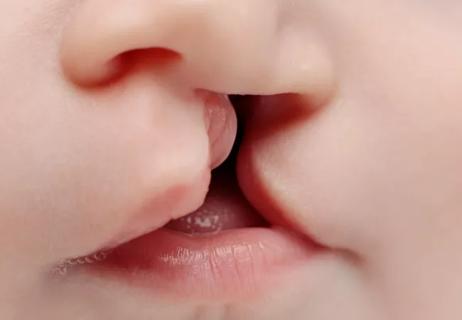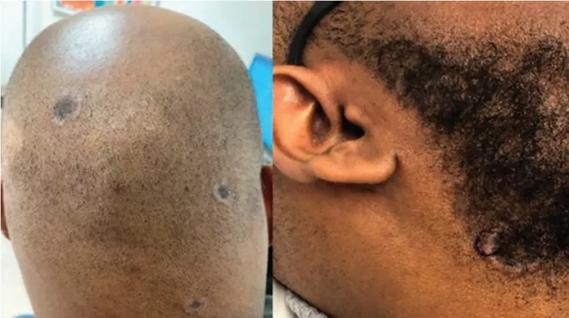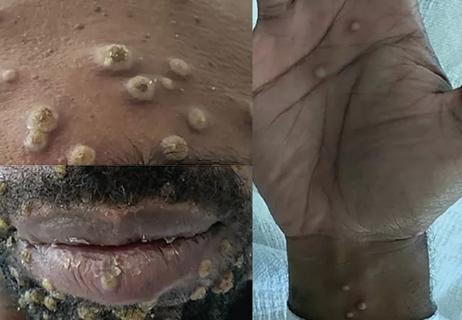Advertisement
Treating micrognathia and OSA in infants
For infants with Pierre Robin sequence (PRS), mandibular distraction surgery can provide symptom relief and prevent dangerous long-term issues. PRS is a congenital condition that causes micrognathia. The mandible pushes the tongue in a posterior position, causing cleft palate in most and significant upper airway obstruction in many patients. This airway obstruction can cause obstructive sleep apnea (OSA) with symptoms such as noisy or labored breathing, feeding difficulties and excessively sleepy or fussy babies. If left untreated, OSA can lead to an immediate need for tracheostomy, as well as long-term issues like cardiopulmonary compromise, failure to thrive and even death.
Advertisement
Cleveland Clinic is a non-profit academic medical center. Advertising on our site helps support our mission. We do not endorse non-Cleveland Clinic products or services. Policy
In patients without a cleft palate, PRS can be more difficult to diagnose. “If there’s a suspicion of a small mandible, we need to see these babies as early as birth because there are conservative measures we can take like prone positioning and nasopharyngeal airway,” says Bahar Bassiri Gharb, MD, PhD, a plastic surgeon who specializes in pediatric and adult craniomaxillofacial surgery at Cleveland Clinic. “The next step is to try a high-flow oxygen cannula or CPAP, though these sometimes are not effective in younger babies.”
In the past, if these treatments didn’t work, the next step was a tracheostomy. This procedure is “highly morbid, especially in babies that are less than six months old,” says Dr. Bassiri. “It’s very difficult to maintain, and it can be dangerous.”
For these patients, mandibular distraction surgery is a less risky option that can be life changing. Over a period of two weeks, the mandible is gradually lengthened and moved forward using two internal devices placed on each side of the jaw. These devices are safe and don’t cause discomfort for the patient. Once the distraction is complete, and after at least three months, the distractor is removed. The result is that patients can breathe more easily immediately during the distraction period, OSA events are virtually eliminated and tracheostomy can be avoided in many patients.
“In our experience, this procedure is very powerful to reduce severe obstructive sleep apnea in babies and then they can outgrow it completely,” says Antonio Rampazzo, MD, PhD, a pediatric and adult craniomaxillofacial surgeon at Cleveland Clinic. “Once patients are sleeping well, they can feed better and begin growing normally.”
Though there isn’t an ideal age for this surgery, the younger the baby, the more challenging it is due to softer bones. “Usually, we tend to do this procedure with babies that are six weeks old, but if the baby is born with severe obstruction, you can do it as early as 15 days,” says Dr. Bassiri.
The procedure does have potential complications such as loosened hardware, incision infection and temporary facial nerve palsy.
Advertisement
Mandibular distraction surgery needs to be performed by experienced plastic surgeons who routinely perform orthognathic surgery and who understand the nuances associated with the procedure, such as how the distractor is placed and the vector of distraction. “The way you distract can have consequences in the future growth of the jaw and TMJ disorders,” says Dr. Bassiri.
Advertisement
Advertisement

Study demonstrates TXA’s utility in plastics

Highest level of care at every step

Family history may eclipse sun exposure in some cases

Consider secondary syphilis in the differential of annular lesions

Persistent rectal pain leads to diffuse pustules

Techniques are borrowed from rhinoplasty, malar augmentation and others

Two cases — both tremendously different in their level of complexity — illustrate the core principles of nasal reconstruction